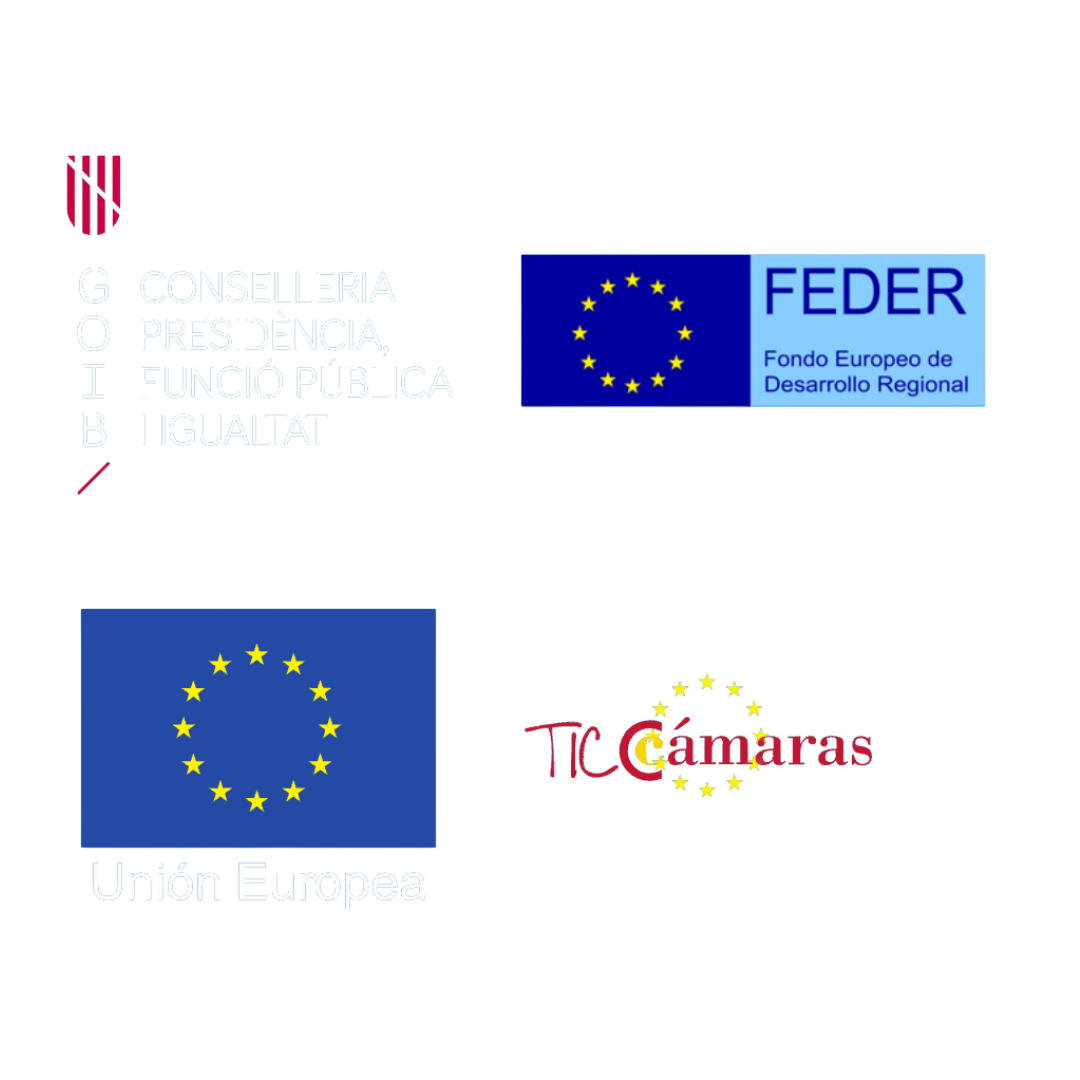How to Coordinate the Information Between the Property Registry and the Land Registry in Spain
Real Estate and Tax Law – Balearic Islands
The Law 13/2015, of 24 June, introduced one of the most important reforms in Spanish real estate legislation in recent years: the coordination between the Property Registry (Registro de la Propiedad) and the Land Registry (Catastro).
This reform aims to unify and synchronize property data — improving legal security, reducing discrepancies between registries, and streamlining notarial and administrative processes. At Frau Legal, our real estate lawyers in Mallorca and Ibiza explain what this means for property owners, buyers, and investors.
1. The role of the lawyer and the notary
Many foreign clients often confuse these two professional figures, but their roles in Spain are very different:
- The lawyer defends and represents the client’s interests, ensuring that the property transaction complies with all legal requirements.
- The notary is a public officer whose function is to verify the legality of the acts and grant them public authenticity.
In the coordination process between the two registries, both the lawyer and the notary — together with a technical surveyor — must collaborate to ensure that all property details match and that the transaction is safe and valid.
2. Why do discrepancies exist between the Property Registry and the Land Registry?
In many cases, the surface area, boundaries, or descriptions that appear in both institutions differ from reality. This can occur due to:
- Old or incomplete surveys.
- Modifications not registered in one of the registries.
- Legalizations or constructions not declared.
Such discrepancies can lead to problems in sales, mortgages, inheritance procedures, or urban planning processes.
The Law 13/2015 was created precisely to correct these inconsistencies and to introduce georeferenced coordinates as an essential technical requirement.
3. Surplus of surface area: when the registries don’t match
When the Property Registry and the Land Registry show different surface areas, the law distinguishes two possible cases:
If the difference does not exceed 10%
(Article 201.3 of the Mortgage Law)
- Up to 5%: a simple declaration by the grantor before a notary is sufficient.
- Between 5% and 10%: proof must be provided through a Land Registry certificate and a georeferenced plan.
If the difference exceeds 10%
(Articles 201.1 and 203 of the Mortgage Law)
- The procedure is longer and requires the notary to notify neighboring property owners and other interested parties.
- This ensures transparency and avoids future boundary disputes.
4. The importance of georeferencing
One of the major changes introduced by Law 13/2015 is the obligation to provide georeferenced coordinates of the property.
These coordinates (based on the official Spanish ETRS89 system) allow the property to be precisely identified on a map, avoiding overlaps and errors in surface area.
When is georeferencing mandatory?
According to Article 9.b of the Mortgage Law, it is required in cases of:
- Land divisions, groupings, separations, or additions.
- Declarations of new constructions.
- Boundary adjustments or regularizations.
- Any operation that implies a replanning or alteration of the land layout.
5. The coordination process step by step
- Correction of cadastral (Land Registry) data – The first step is to update the Land Registry so that its information reflects the real situation of the property.
- Public deed before a notary – Once the cadastral data is corrected, a public document is signed before a notary to register the updated data in the Property Registry.
- Joint verification – The Property Registry incorporates the updated georeferenced data, ensuring both institutions are synchronized.
This coordination process requires the collaboration of three professionals: the lawyer, the notary, and the surveyor.
6. Practical advantages of coordinating both registries
The benefits are numerous and directly impact the legal security and value of your property:
- Legal certainty: under Article 38 of the Mortgage Law, it is presumed that the rights recorded in the Property Registry exist and belong to their holder (presumptio iuris tantum).
- Protection of ownership: coordinated properties enjoy the highest level of legal publicity — third parties cannot claim ignorance.
- Prevention of boundary disputes with neighbors.
- Increased property value due to improved legal clarity.
- Greater confidence for banks and buyers, which facilitates financing and sales.
- Simplified inheritance and sale procedures in the future.
7. Why choose specialized legal advice
Although the coordination process may seem complex, with the right legal and technical support it can be completed smoothly and effectively.
At Frau Legal, our lawyers specialized in real estate and planning law in Mallorca and Ibiza work closely with notaries and surveyors to:
- Verify property boundaries and documentation.
- Prepare technical reports and georeferenced plans.
- Manage all administrative and notarial procedures until full registry coordination is achieved.
If you need to correct or coordinate your property’s data, contact us — we’ll ensure your property is legally secure, precisely defined, and ready for any transaction.
Recommended resources
- Law 13/2015, of 24 June – Reform of the Mortgage Law
- Mortgage Law (Ley Hipotecaria)
- General Directorate of the Cadastre
Meta description:
Learn how to coordinate the Property Registry and Land Registry in Spain. Discover how Law 13/2015 improves legal security, avoids boundary issues, and increases property value with Frau Legal.






